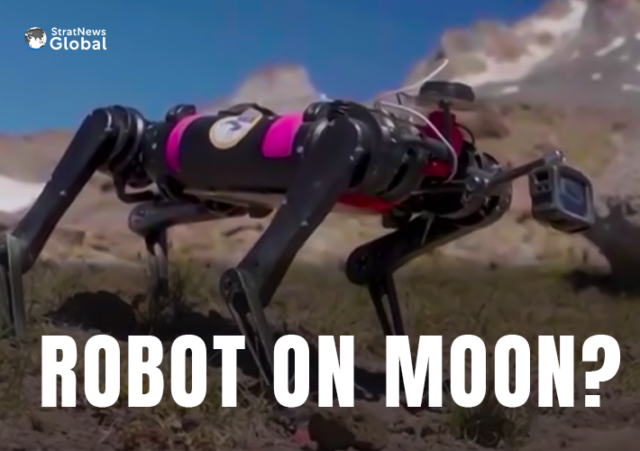Spirit, a robot, is being trained to walk on the moon. Scientists are testing it in the rugged terrain of Oregon’s Mount Hood, in preparation for future missions in space. The research is part of the LASSIE Project, which stands for Legged Autonomous Surface Science in Analog Environments.
“Moving forward to missions that are going to occur on our moon, we’re going to have humans and robots really for the first time on planetary missions working side by side. And so what the LASSIE project is doing is really looking forward to that time and considering how should humans and robots collaborate for exploration of planets, particularly where should they go to collect data?” says cognitive scientist Cristina Wilson.
The idea is to teach Spirit how to cope with difficult and changing terrains in the same way humans do, such as walking from hard or rocky surfaces to soft ground like snow or sand.
“With every step that the dog robot takes, it’s able to sense mechanical resistance with its leg, kind of similar to the way that when we walk on uneven surfaces as humans. And what’s very cool is that scientists are interested in that data because it tells us things about how, you know, planetary surface formed and how it moves and how it might move in the future.”
The LASSIE project is being led by the University of Southern California, with funding from NASA.
The team also comprises experts from Texas A&M University, Georgia Institute of Technology, Oregon State University, Temple University, and the University of Pennsylvania.
The group has a two-year $2 million grant to help NASA put teams of robots working together on the moon.
With inputs from Reuters





